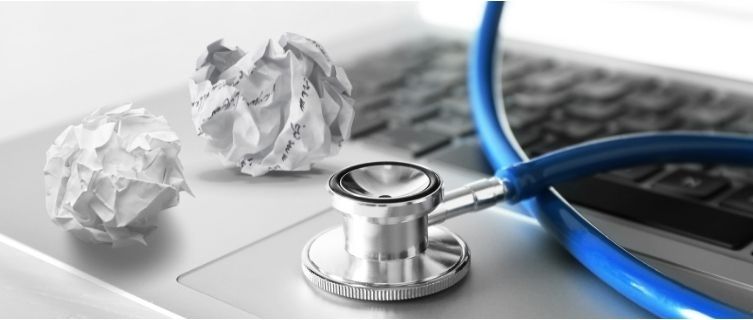5 assumptions you shouldn’t make about medical device translation
If you’ve worked in the medical device industry for any amount of time you know the importance of labeling. On each device, you must provide critical information for the patient, including usage instructions, warnings, and risks. With how important the labels are on your medical devices, it makes sense that you cannot afford to cut corners when it comes to translating the text for resale in other countries.
As a business, you want to save time and money whenever possible. However, cutting corners to finish a job quickly instead of accurately today could cost you quite a bit more over the long run.
Here are five of the most dangerous assumptions you can make about medical device translation.
Assumption #1: You can use English on medical device labels in any country.
It’s true that English is one of the most widely spoken languages worldwide. What isn’t true, however, is that English is a suitable language for use on a medical device being sold in another country.
In several countries there are specific regulations that say you must have specific provisions on your medical labels. For example, in the EU, the Medical Device Directive (MDD) make translations of these labels mandatory. You must translate text into the language or languages of each country where your products are tested or sold.
Assumption #2: Any translator can help you with your medical device labels.
Each country has their own set of rules when it comes to regulating medical labels. Although a person can speak a language fluently, it does not mean that he or she is familiar with these regulations.
Don’t assume that any person can translate your labels. For your medical devices to be sold and meet in-country standards, you must work with a company and/or translator with expertise in specific guidelines for the country where you’re planning to sell or test your device.
Assumption #3: Machine translations are just as effective for medical device labels as human translations.
Machine translations certainly have their place. As technology advances, these translation tools advance too. However, when it comes to medical device labeling, machines are not capable of accurately and consistently translating these highly regulated texts. Using machines could expose your company to civil and product liability claims.
Assumption #4: It’s okay to use different project managers for different language translations.
If you are translating your text into multiple languages, it is a good idea to designate one point person for the entire project. With too many “chefs in the kitchen,” you could end up with inconsistent translations. That would dilute the quality of your translations and increase your overall costs. In addition, it would take longer to complete your translation projects because of confusion across the board.
With one person in charge of all language translations, you can ensure higher quality, lower cost, and faster turnaround times.
Assumption #5: Languages stay the same no matter the geographic region.
The type of Spanish that is spoken in Catalonia can be different to the Spanish spoken in the rest of Spain. Geographic regions have unique dialects, understandings of words, and contextual meanings. This is true for all languages, including English.
To ensure clearer more accurate labeling, translate your text for each geographic region where you are planning to sell and test your medical devices.
Conclusion
There’s quite a bit more that goes into translating critical documents, such as product labels. When a person’s health is on the line, it is vital that you take the necessary precautions and avoid making any incorrect assumptions – especially when translating medical device labels. Doing so could put your patients and your company in jeopardy.



